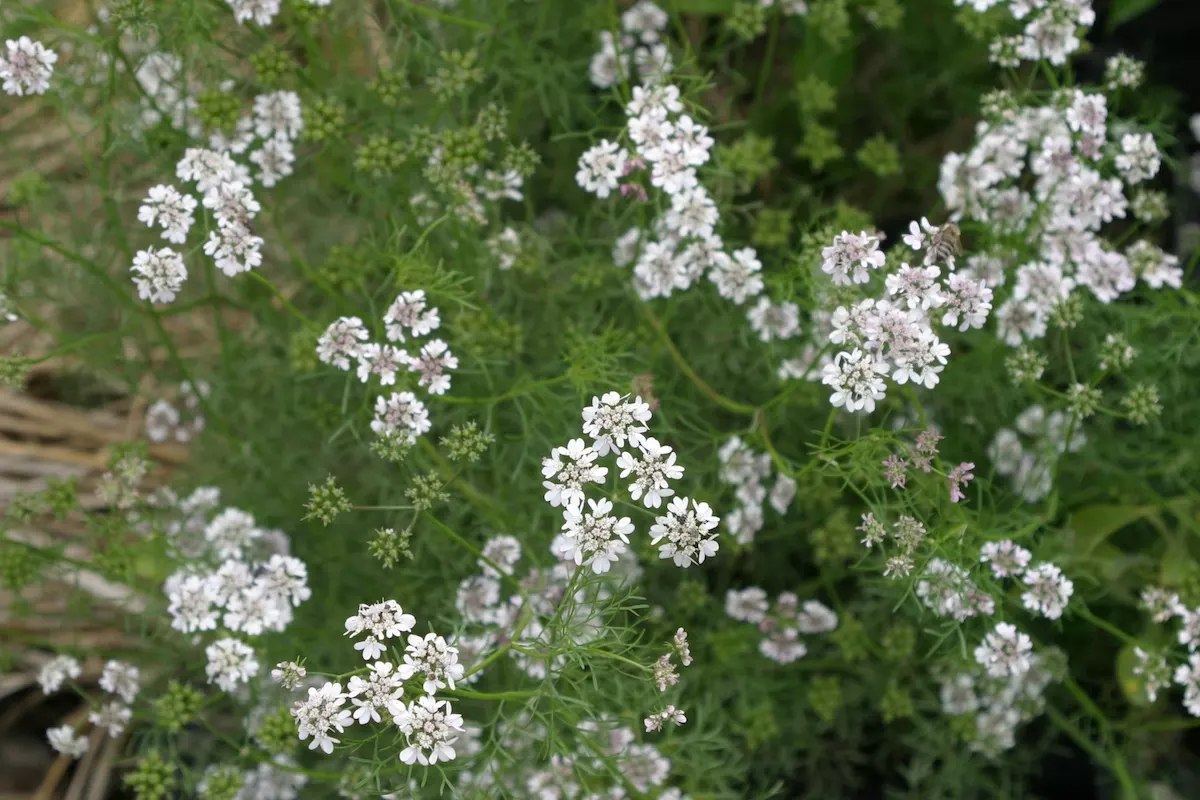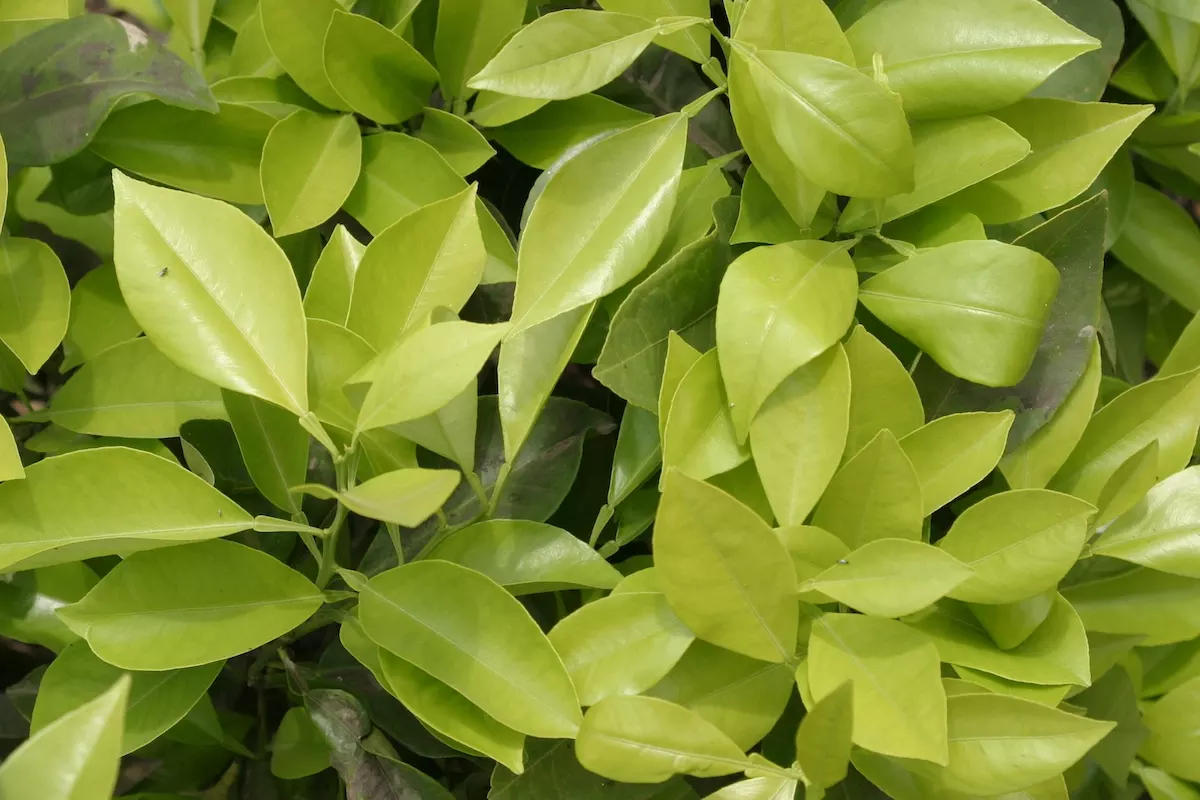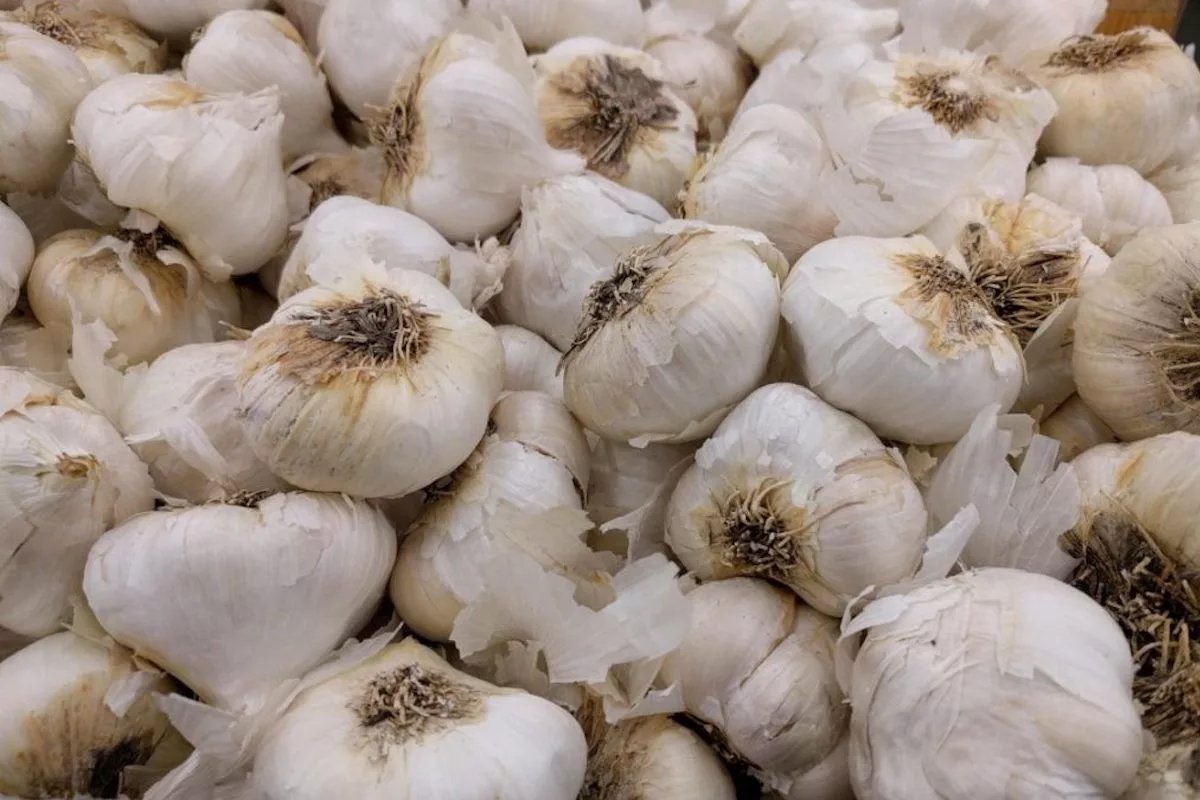
Geranium oil
January 2, 2021
Jasmine concrete & absolute & oil

Production Method
The concrete is produced by solvent extraction (hexane) from the daily, fresh, individually hand-picked Jasmine blossoms, during its 7 months long harvest. The absolute is displaced from the concrete using ethanol, and the by-product of absolute is wax. AF&Co. produces a certified 100% Organic Jasmine Extract (under EU, USDA-NOP, and Biodynamic standards). Since 2020 we also offer a steam distilled essential oil obtained directly from the fresh blossoms (i.e. not a distilled absolute!)
Uses
In Perfumery, used in high-end fine fragrances, cosmetics, toiletries, soaps, candle making (the wax rather than the concrete or the absolute). “Jasmine is one of the most important floral products in perfumery. It is almost ubiquitous in fine fragrance work, playing a major role in many heady sensual floral blends. Accords of jasmine and rose are the foundation of many fine fragrance creations (e.g. “Chanel 5”, “Joy”, etc.)” Burfield, T. “Natural Aromatic Materials – Odours & Origins” (2000). Egyptian Jasmine absolute has a radiant, creamy-rich, heady floral, fruity-apricot, with some animalic character; and a persistent dry-out. In Flavors, it is used in confectionery applications (e.g. pastries, cakes, sweets, ice creams, chocolate), alcoholic and soft drinks. In Aromatherapy, the absolute is used if the practitioner supports the use of absolutes for its soothing, calming, refocusing, uplifting qualities. The unique Jasmine Essential Oil produced by AF&Co. has met great success with aromatherapists (preferring oils to absolutes) who have been looking for a Jasmine Oil since the term (aromatherapy) was coined in 1937 by the French chemist and perfumer René-Maurice Gattefossé.
Botanical Origin & Historiography
Native to the southern foothills of the Himalaya in Asia, Jasmine was introduced and reintroduced many times to Egypt. First, in ancient times (pharaonic Egypt), then again by the Arabs in the mid-7th century. From there it spread across the Mediterranean via Morocco, and then with the Moors into Spain and southern France when it was introduced as early as the 8th c. It became closely associated with Grasse (France) by the 16th c. together with the production of leathers (Grasse was renowned for its gauntlet and boot making corporations) when King Henri II’s wife, Catherine of Medici, developed the perfumery industry there. At the time, this was related to the fashion of ‘scented leathers’. Up until the petro-chemical revolution in the early 20th c., Jasmine was extracted by enfleurage (a method using a combination of pork and beef tallows). Jasmine was industrially (re)introduced in Egypt in the 1920s (specifically for the production of concrete/absolute) when Grasse aromatic companies sought to diversify their sources to improve production costs. Today, Egypt has become the main source of Jasmine grandiflorum in the world with a quality — more often than not — still preferred by fine fragrance perfumers.



